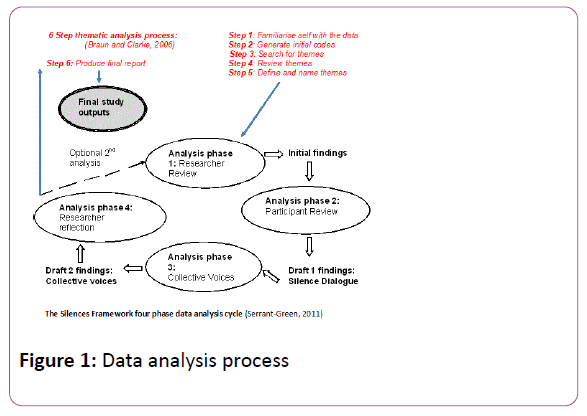Fragility Hip Fracture in the under 60s: A Qualitative Study of Recovery Experiences and the Implications for Nursing

Hip fracture is a common, serious, complex injury and an important cause of morbidity, mortality and rising healthcare costs. Incidence and impact in the under 60s has been under researched. The aim of this study was therefore to explore the recovery experiences of young adults with an isolated hip fracture following a minor fall to inform future care delivery. The Silences Framework was used to guide a critical interpretivist study. Thirty in-depth, minimally structured, story-telling interviews were conducted with participants between one and 10 years post injury. One cross-cutting theme, ‘Communication’ and four main themes: ‘Experience of care’, ’Impact on self’, ‘Impact on others’ and ‘Moving forward’ were identified. The findings indicated multi-faceted, often long term, physical, social and psychological impact on participants, their family and wider social networks. This included Post Traumatic Stress Disorder type symptoms and impact on work, finances and relationships. Inadequacies in the current care pathway and limited relevance of the commonly used patient reported hip fracture outcome measures used for young adults were also identified. The dominant discourse on fragility hip fracture almost exclusively focuses on the elderly and short-term outcomes. This was the first study investigating the long-term impact of fragility hip fracture in young adults from their perspective and the first application of a new research framework in an acute care setting. It found the needs of younger hip fracture patients are not adequately recognised or addressed. Increased awareness and improvements in healthcare provision are needed to minimise the long-term personal and societal impact of fragility fracture in the under 60s.
Hip fracture is common, threatens functional status and leaves patients vulnerable. It requires a complex recovery journey, multidisciplinary treatment and often extended hospital stay. As an important cause of morbidity and mortality worldwide, hip fracture is one of the biggest challenges and most significant healthcare burdens of the 21st century. Associated with a dramatic increase in healthcare consumption and cost to the UK alone of approximately £2billion annually, it’s impact on healthcare costs, individuals and society is considerable. The large body of knowledge regarding the causes, treatment and clinical outcomes of hip fracture following minor trauma predominantly focuses on the elderly. A review of the literature however indicates little is known of patient experience and even less about the outcomes and experiences of adults under 60 years of age. Their relatively small numbers, short hospital stay, younger age, fewer co-morbidities, and low rate of surgical complications mean this sub-group of the fragility hip fracture population fall outside the widely accepted societal and professional norms for this injury and are inadvertently marginalised as a result. Yet, the potential social and economic implications of hip fracture for younger adults with personal and social responsibilities are marked. The aim of this study was therefore to explore the recovery experiences of young adults who had sustained an isolated hip fracture following a minor fall to inform nursing practice and enhance long-term patient outcomes.
The researcher completed inductive, data driven thematic analysis [39] within the four-phase cyclical analysis of The Silences Framework [31]. Figure 1 illustrates this process. The data was analysed using Nvivo 10 to arrive at initial findings (phase 1) which were reviewed by 13 study participants and revised to arrive at draft 1 findings (phase 2). The phase 3 analysis, ‘collective voices’ process aims to include:

These findings predominantly challenge accepted notions that fragility hip fracture recovery in young people is unproblematic, possibly because they offer the first, long term, patient perspective on this topic. Participants’ experiences reflect their ‘difference’ to what they and others expected. This concerns professional and social norms regarding fragility hip fracture as an injury of old age, caused by high velocity injury or co-morbidities and lifestyle factors such as alcohol abuse. This study does not fully support these, but rather reflects previous evidence that the impact of fragility hip fracture in young people has been significantly underestimated. This study also supports previous research that normal bone density can provide false reassurance and should therefore be supplemented by other measures to provide valid assessment. These findings challenge the dominant discourse concerning fragility fracture. The considerable burden of fragility hip fracture in the elderly explains its prominence and short-term outcomes focus. This study however, indicates these do not reflect the recovery experiences or needs of younger patients despite the changing aetiology of fragility hip fracture and projected increase in the under 60s. Further research is required to test transferability to a larger population and develop more appropriate patient reported outcome measures for this client group. Furthermore, economic evaluation of fragility hip fracture in the under 60s is needed along with evaluation of the impact on families and wider social networks, including their ability to provide care.
Regards,
Joseph Kent
Journal Manager
Journal of Trauma & Orthopaedic Nursing